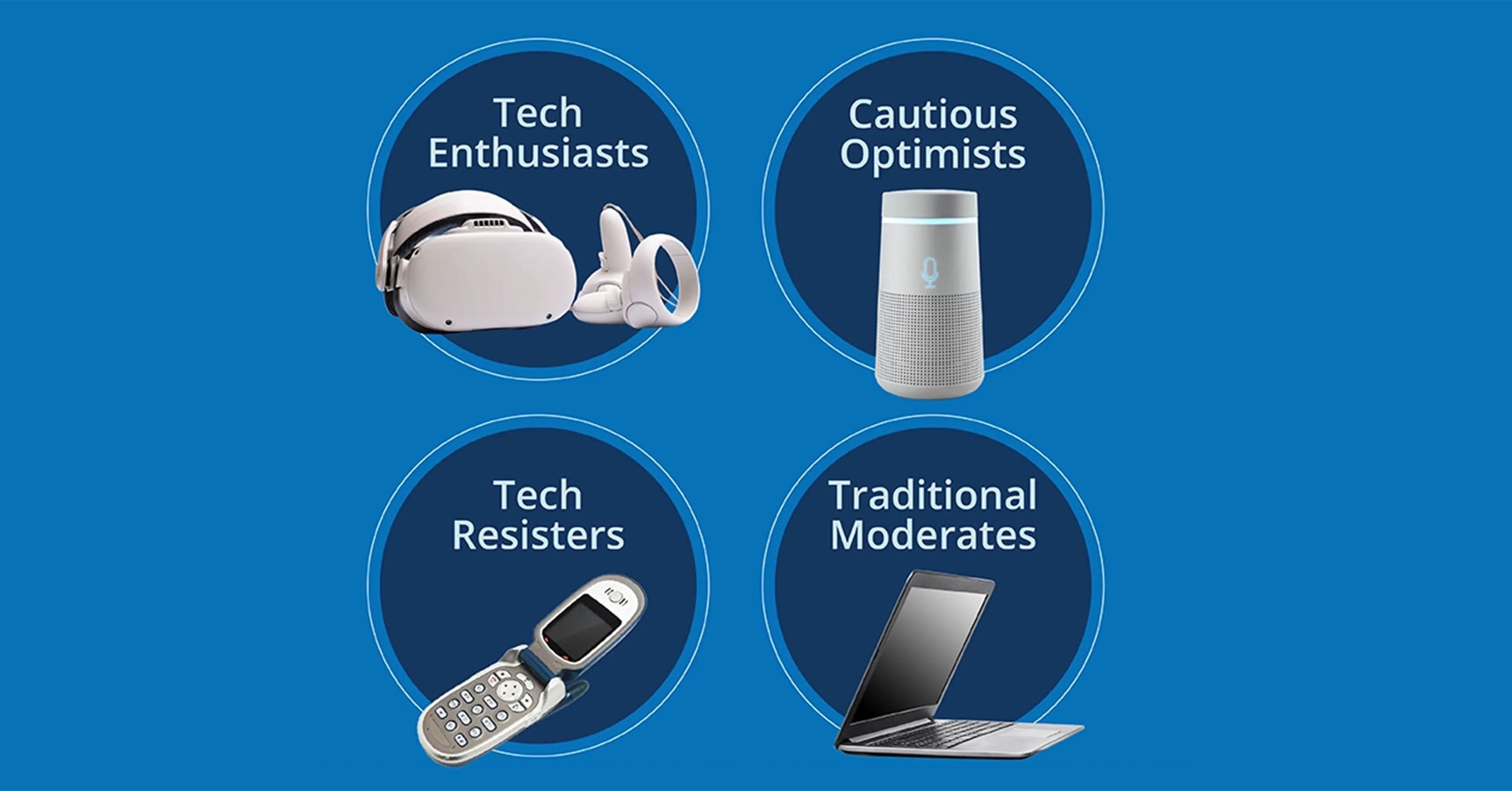

Latest from Assurant

eBook
Your ultimate professional guide to choosing the best renters insurance partner

Article
A Property Manager’s Guide To 5 Common Tech-Related Maintenance Calls

eBook
A Maintenance Fix to Win over Renters?

Article
National Leave a Review Day: Why customer feedback fuels better experiences

Article
How Just-in-Time Inventory Management ensures exceptional mobile repairs

Case Study
Assurant case study: Retailer service transformation

Article
Assurant in action: helping rebuild after the Texas floods

Article
Is it time to upgrade your trade-in partner?

Article
Help reduce rental property maintenance costs with tech support


